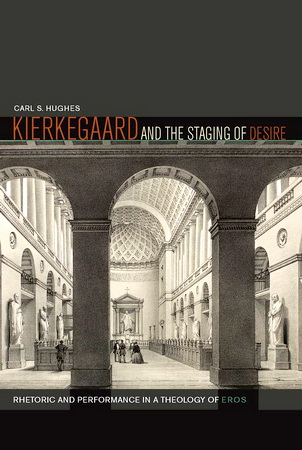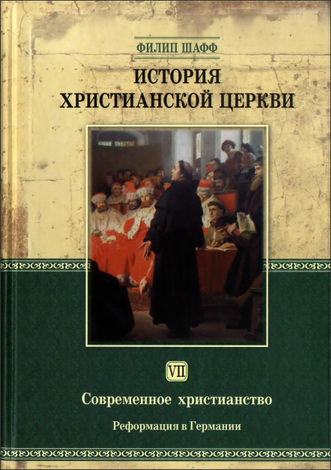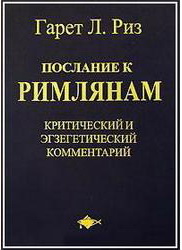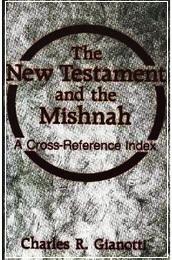
Hughes Carl – Kierkegaard and the Staging of Desire

The fairy tale that Kierkegaard’s pseudonym Johannes Climacus begins to tell above is meant to shed light on no less an elevated theological topos than the Incarnation. It is the centerpiece of the second chapter of Philosophical Fragments, by any measure one of the weightiest and most central texts of Kierkegaard’s authorship. Throughout the book, Climacus studiously avoids mentioning Christ, Christianity, or the Incarnation by name—though few readers could avoid connecting his hypothetical “thought- project” and “poetical venture” to Christian theology. Instead of writing directly about the Incarnation, as most theologians would, Climacus “stages” another drama— the voice of “Johannes Climacus.” In relation to him and the myriad other pseudonyms who populate Kierkegaard’s authorship, Kierkegaard insists (in the “First and Last Explanation” that he appends to Climacus’s Concluding Unscientifi c Postscript to “Philosophical Fragments”) that he is nothing more than a “souffl eur,” or stage prompter.
The title of the present volume announces themes that may well seem odd or even heretical in a theological analysis of Kierkegaard’s authorship. Desire, for example: Kierkegaard is frequently interpreted as one of the sternest critics of eros in both its earthly and its heavenly orientations in the history of Christian theology. The commonly known facts about Kierkegaard certainly seem to support this view. Does his decision to sever his engagement to Regine Olsen not defi ne the entire course of his life? Do texts such as Works of Love not drive a sharp wedge between earthly passion and Christian love? Does the history of theology not lump him together with Anders Nygren and Karl Barth— influential twentieth- century theologians for whom spiritual yearning is a veritable refusal of divine revelation and grace? Or consider the theme of performance— which I use in a dual sense in this book to refer to theatrical performance, on the one hand, and liturgical and sacramental performance, on the other. To be sure, the topic of theater is widespread in Kierkegaard’s work, especially his early pseudonymous writings. But many theologically minded readers would argue that Kierkegaard, like Saint Augustine, invokes the theater precisely in order to denounce its dangers—presenting it as a fleshpot to be escaped rather than as a prism through which to see the Christian life. As for the theme of religious per for mance: In this context, this may simply seem strange. By common consensus, Kierkegaard is one of the last authors to whom one would turn for elucidation in matters of liturgical and sacramental theology. Was he not a poet of inwardness— obsessed with the single individual and encumbered by his social misanthropy and his awkward body? Was he not one of history’s most bitter critics of the institutional church? What good could he possibly have to say about ritual performance?
Such concerns notwithstanding, I argue in this book that desire and the performative stage settings by which Kierkegaard seeks to elicit it are vital to his project as a Christian writer. From my perspective, these frequently occluded aspects of his work are precisely what make it most valuable as a resource for, and provocation to, theology today. In the introduction to follow, I have much more to say about these subjects, and I begin to address the questions and concerns noted above. For now, though, let us simply heed Johannes Climacus’s injunction to consider his fairy tale. Suppose there was a king who loved a lowly maiden. Trivial as it may seem, this fairy tale exemplifies what I mean by describing Kierkegaard’s writings as “stagings” of Christian desire.
Carl S. Hughes – Kierkegaard and the Staging of Desire - Rhetoric and Performance in a Theology of Eros
New York: Fordham University Press, 2014. – 271 p.
Carl S. Hughes – Kierkegaard and the Staging of Desire - Contents
List of Illustrations
Acknowledg ments
Prologue: Theology and Fairy Tales
Introduction: Staging Desire, with Constant Reference to The Concept of Irony
- 1. Desiring “The One”—i n Vaudeville, Marriage, and Beyond
- 2. Vor Frue Kirke as Stage: Aesthetics and Desire in Liturgy and Sacrament
- 3. “The Woman Who Was a Sinner”: A New Statue in Vor Frue Kirke
- 4. Theatrical and Eucharistic Transformations: From the Farce Theater to the Feet of Christ
- 5. Sacramental Writing, Sacramental Living: Eros in Existence
Epilogue: Renewing Theology—Kierkegaard beyond Barth
Notes
Works Cited
Illustration Credits
Index




Комментарии
Пока нет комментариев. Будьте первым!